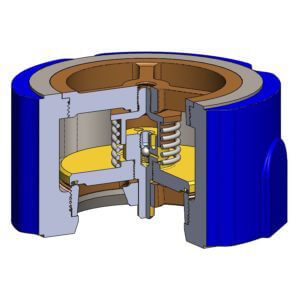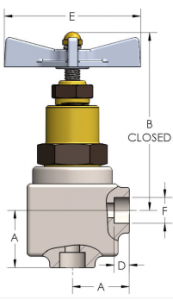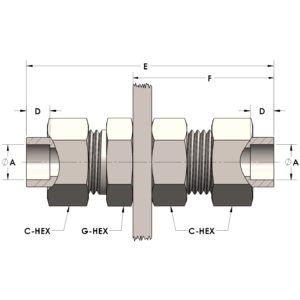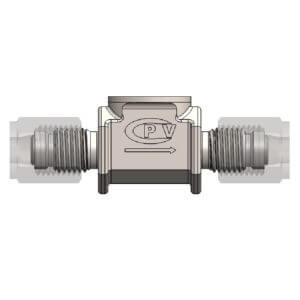A Guide to Valve Connection Types
What if one wrong choice threatened your entire workplace?
Valves help keep high pressure contained and keep your workplace safe. But choosing the wrong valve connection types can actually put everyone in danger.
To maximize your safety, you must familiarize yourself with the different connection types that are available.
Threaded
Threaded connections usually use female end connections but sometimes feature male threaded ends. By putting a threaded pipe into the opening, you create a strong seal.
If you are using a straight thread, it will require some sort of soft seal or o-ring against fluid. Meanwhile, a tapered pipe thread connection serves as a natural fluid seal with the use of a sealing agent or PTFE tape.
Flanged
Do you anticipate changing out parts of the valve on a frequent basis? In that case, a flanged valve is likely your best choice.
These valve connections typically use flanges on the ends of the valve to attach it to flanges on the pipe itself. The use of such flanged connections makes it easy to remove and replace parts as necessary. Often flanged connections made with a soft gasket seal to keep the connection tight.
Flanged connections are used in both America and Europe. However, the connections in these different areas must abide by different standards.

Welded/Brazed
Sometimes, you might need something a little sturdier than threaded or flanged connections. In that case, you may want a connection that has been welded or brazed.
Often with these connections you place the pipe into the valve’s socket very firmly. Afterwards, you seal everything up with your method of choice.

Union
In some cases, you may have a valve that benefits from multiple connection types. This is where the union connection comes in.
These use female threaded collars to attach to male threaded end connections. While these may serve as connections on their own, they are commonly used to firmly fasten smaller parts of other connections.
One reason union connections are popular is they are easy to remove, making it easier to inspect, clean, and/or repair a pipe.

Compression
Different connection types are suited to different jobs. If you are dealing with the water lines inside a home, then compression connections may be the best choice.
Such connections use a ferrule and compression nut to attach to and ultimately fasten to the pipe.
Because this connection requires no heat to function, it is perfect for areas where applied heat may be difficult or even dangerous.

Manifold
Manifold mount connections are for those who like to keep it nice and simple. With o-rings and ports, this flat-faced mount allows you to keep valves in place using bolts.
Such a connection is uniquely suited to help attach valves to actuators.
Valve Connection Types: Making the Right Decision
Now you know about the various valve connection types. But do you know where to find all the valves you need in one place?
At CPV Manufacturing, we are the final authority when it comes to valves, fittings, and more. To see how we can suit your high-pressure business needs, check out our valve selection today!

